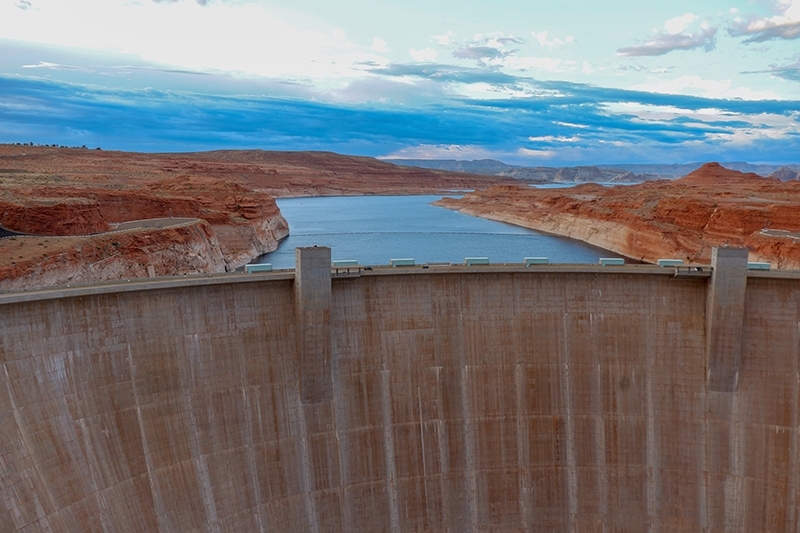Ageing water dams pose growing threat
Increasingly expensive to maintain, ageing dams pose a threat to life, a new report foresees a trend to decommissioning dams.

By 2050, most people on Earth will live downstream of large dams built in the 20th century, many of them already operating at or beyond their design life, according to a UN University analysis.
A report Ageing water infrastructure - An emerging global risk, by UNU's Canadian-based Institute for Water, Environment and Health, says most of the 58,700 large dams worldwide were constructed between 1930 and 1970 with a design life of 50 to 100 years, adding that at 50 years a large concrete dam 'would most probably begin to express signs of aging.'
Such signs include increasing cases of dam failures, increasing costs of repair and maintenance, increasing reservoir sedimentation, and loss of a dam's functionality and effectiveness, 'strongly interconnected' manifestations, the paper says.
The report says dams that are well designed, constructed and maintained can 'easily' reach 100 years of service but predicts an increase in decommissioning. Worldwide, the volume of water stored behind large dams is estimated at 7,000 to 8,300 cubic kilometres.
The report provides an overview of dam ageing by world region and primary function -- water supply, irrigation, flood control, hydropower, and recreation. The analysis also includes dam decommissioning or ageing case studies from the USA, France, Canada, India, Japan, and Zambia and Zimbabwe.
China has 23,841 large dams (40% of the world's total). And 32,716 large dams (55% of the world's total) are found in just four Asian countries - China, India, Japan, and the Republic of Korea -- a majority of which will reach the 50-year threshold relatively soon. The same is true of many large dams in Africa, South America, and Eastern Europe.
Infancy of decommissioning
Most dams removed to date have been small; decommissioning large dams (defined by the International Commission on Large Dams as 15 or more metres from lowest foundation to crest, or 5 to 15 metres impounding more than 3 million cubic metres) is 'still in its infancy, with only a few known cases in the last decade.' says the report.
'A few case studies of ageing and decommissioned large dams illustrate the complexity and length of the process that is often necessary to orchestrate the dam removal safely,' adds co-author and UNU-INWEH Adjunct Professor R. Allen Curry, based at the University of New Brunswick.
'Even removing a small dam requires years, often decades, of continuous expert and public involvement, and lengthy regulatory reviews. With the mass ageing of dams well underway, it is important to develop a framework of protocols that will guide and accelerate the dam removal process.'
Dams by numbers
50 to 100 years - design life of dams constructed between 1930 and 1970
~16,000 - large dams 50 to 100 years old in North America and Asia
~2,300 - large dams 100+ years old in North America and Asia
US$ 64 billion - estimated cost to refurbish US dams
1,275 - dams removed in 21 US states in the last 30 years
23,841 - large dams in China - 40% of the world's total
1,115+ - large dams in India that will be roughly 50 years old in 2025
100+ years - average age of large dams in Japan
50+ large dams in Australia have been in operation for 100+ years
100+ years - average age of large dams in the UK
2,000 - large dams in Africa the fewest of any continent; mostly used for irrigation







